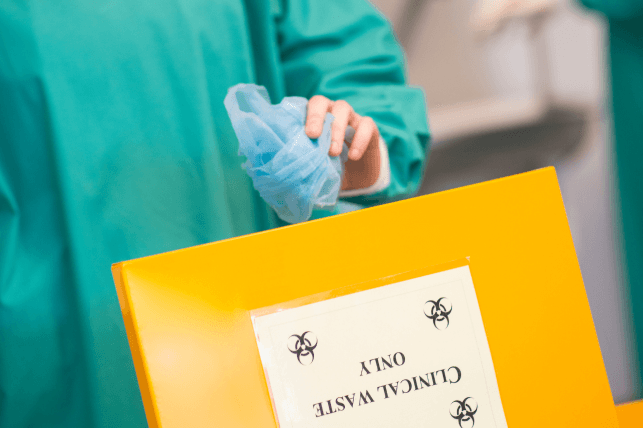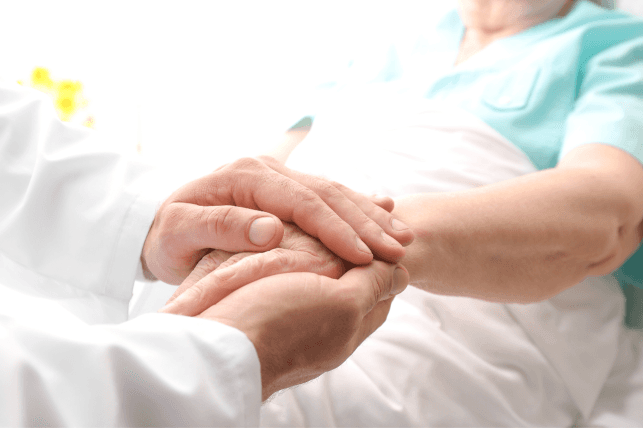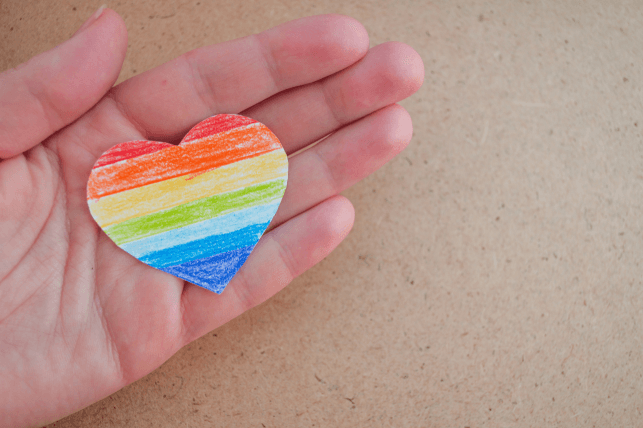
Standard Precautions To Prevent Infections
Dee Bustos
Work Safety
Jun 18, 2022
3 min read
Dear Vanessa,
I am a new Certified Nursing Assistant. I will start working in a hospital in 2 weeks. What measures should I take to prevent infection?
- Patty
Dear Patty,
Hand hygiene is the most important and basic preventive technique to interrupt the infectious process. Washing your hands for 2 minutes will provide the necessary protection before you care for a patient.
Before you help another patient, wash your hands for 30 seconds to ensure minimal transmission of microorganisms between patients. Hand hygiene is essential when your hands are visibly soiled, and after contact with blood, feces, wound drainage, mucus, and contaminated items, regardless of whether gloves are worn. Wear clean, unsterile gloves when touching blood, body fluids, secretions, excretions, and contaminated items. Use clean gloves before touching mucous membranes and nonintact skin.
Remove gloves promptly after use, before touching noncontaminated items and environmental surfaces, and before attending to another patient. Wash hands right away after removing gloves to avoid transfer of microorganisms to other patients or environments.
Wear a mask and eye protection or a face shield to protect mucous membranes of the eyes, nose and mouth during procedures and patient care activities that are likely to generate splashes or sprays of blood, body fluids, secretions, and excretions. Wear a clean, unsterile gown to protect skin and prevent soiling of clothing during procedures and patient care activities that may cause splashes or sprays of blood, body fluids, secretions, or excretions or cause soiling of clothing. Remove the soiled gown as promptly as possible and wash hands to avoid transfer of microorganisms to other patients or environments.Handle laboratory specimens from all patients as if they were infectious. Empty with care reusable items, such as suction bottles and oxygen setups, to avoid splashing.
Clean up spills of blood or body fluids with 1:10 solution (prepared daily) of bleach and water. Place disposable wastes and articles contaminated with blood or large amounts of body fluids in impervious (no holes) containers for a trash pickup. Place all soiled linen in a laundry bag; do not overfill the bag.
- Vanessa
Caring For A Loved One On Prolonged Bed Rest

Caregiving for LGBTQ+ Seniors




